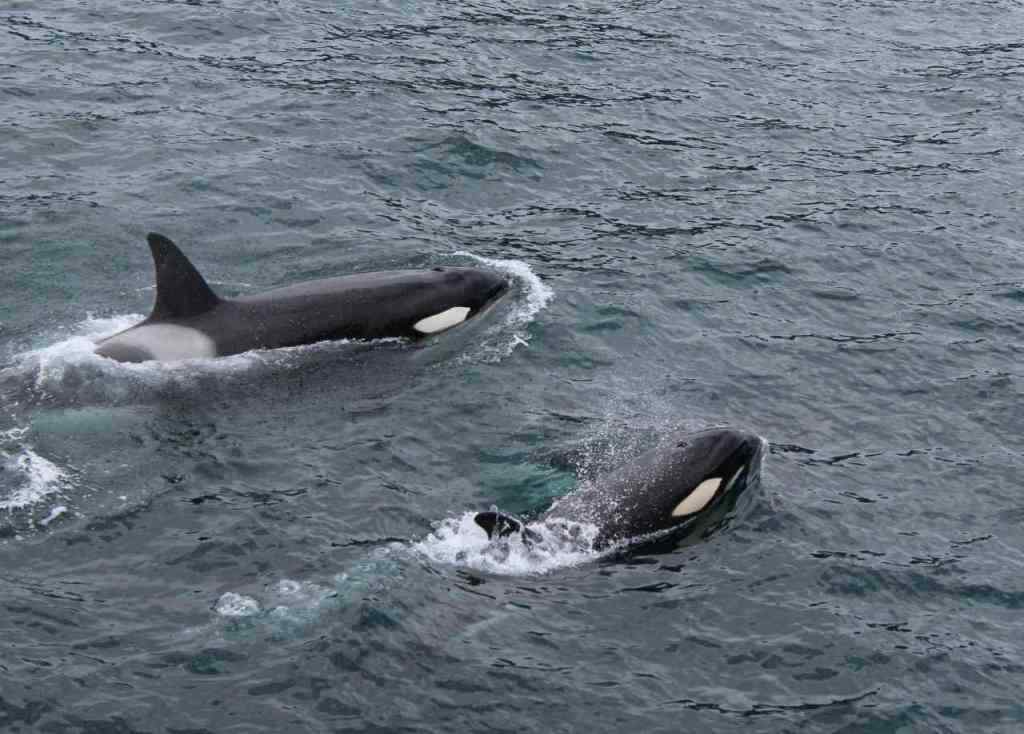Antarctic Whales: Sentinels of a Changing Climate (Two Thousand Twenty-Four)
Imagine this: A crisp, icy wind whips past your face. Towering icebergs, sculpted by the relentless forces of nature, pierce the sky. And then, a sound that echoes through you, a deep, resonant call that speaks of the wildness of this place. This is the Antarctic, a world of stark beauty and incredible biodiversity, and at its heart are the humpback whales, majestic creatures whose very existence is intertwined with this fragile ecosystem.
But this frozen paradise is under threat. As our planet warms, the Antarctic Peninsula is experiencing some of the most rapid temperature increases on Earth. The consequences are dire, particularly the alarming rate at which sea ice, the lifeblood of this ecosystem, is disappearing. This is where a dedicated team of scientists from the World Wide Fund for Nature (WWF) steps in, embarking on a critical mission to understand how these changes are impacting the health of Antarctic whales and, in turn, the health of our planet.
The Science and the Tool
Meet the conservation scientists who are braving the harsh conditions of the Antarctic to unlock the secrets held by these massive creatures. Their tool of choice? A custom-made crossbow, but not for the reason you might think. This isn’t about hunting; it’s about understanding. This innovative tool allows them to collect vital information from the whales without causing them harm.
Unlocking Secrets from Afar: The Biopsy Dart
Picture this: A research vessel bobs gently on the vast expanse of the Southern Ocean. A scientist spots a humpback whale surfacing for air, its massive body briefly breaking the water’s surface. This is their chance. With steady hands and expert precision, they use the crossbow to deploy a small, specialized dart. This dart, designed to collect a tiny sample of whale skin and blubber, holds the key to understanding the health of these magnificent animals.
This process, known as a biopsy, is a marvel of modern science. The dart, tipped with a hollow needle, is designed to collect a small sample of the whale’s outer skin and blubber layers. It sounds more dramatic than it is. The whales barely register the dart’s impact, similar to us getting a mosquito bite (albeit one that provides valuable scientific data!).
But what secrets can a tiny piece of skin and blubber reveal? Quite a lot, actually. These biopsies are like biological treasure chests, offering insights into the whale’s diet, stress levels, exposure to pollutants, and overall health.
The minimally invasive nature of this technique underscores the ethical considerations at the heart of this research. The scientists are committed to understanding these creatures without disrupting their lives, and the biopsy dart allows them to do just that.
Onboard the Research Vessel
We join BBC science correspondent Victoria Gill as she embarks on this extraordinary journey, documenting the WWF research mission. Life on board the research vessel is a blend of cutting-edge science and raw adventure. The ship becomes a floating laboratory, bustling with activity as the team navigates the icy waters.

Days are filled with anticipation, the excitement building with each whale sighting. The scientists, a dedicated and passionate bunch, work tirelessly, their enthusiasm for their mission infectious. They scan the horizon, hoping for a glimpse of a telltale spout or the flash of a tail fluke, each encounter a precious opportunity to learn.
When a humpback whale is spotted, the atmosphere crackles with a mixture of anticipation and focus. The biopsy process, a carefully choreographed dance between humans and whales, unfolds. The skill and precision required are evident as the scientist aims, fires, and retrieves the dart, a tiny speck against the vastness of the whale and the ocean.
Analyzing the Evidence
Back in the lab, far from the icy plains of the Antarctic, the real detective work begins. The collected biopsies, carefully preserved, are analyzed, each sample like a puzzle piece waiting to be fitted into a larger picture.
Diet Analysis: Tracing the Food Web
The whale’s blubber, a layer of fat beneath the skin, acts like a diary, recording their dietary history. By analyzing the fatty acid composition of the blubber, scientists can determine what the whales have been eating. This information is crucial for understanding how changes in the Antarctic ecosystem, driven by climate change, are impacting the whales’ food sources. Are their traditional prey still abundant, or are they being forced to adapt to a changing menu?
Stress Hormones: Measuring the Impact of a Changing World
The biopsies also provide a window into the whales’ stress levels. By measuring the concentration of stress hormones, such as cortisol, scientists can gauge how the whales are coping with the changing environment. Are they experiencing increased stress due to factors like shrinking sea ice, noise pollution from human activities, or changes in prey availability? These insights offer valuable clues about the overall health of the whale population and the ecosystem they rely on.
Pollutant Levels: The Unseen Threat
Disturbingly, even in the remote expanse of the Antarctic, the whales are not immune to the far-reaching impacts of human activity. The biopsies allow scientists to assess the whales’ exposure to man-made pollutants, such as persistent organic pollutants (POPs) and heavy metals. These contaminants can accumulate in the whales’ bodies over time, potentially affecting their health and reproductive success. This data serves as a stark reminder that even the most remote corners of our planet are not immune to the consequences of pollution.
Each finding, from diet shifts to stress hormone levels to pollutant concentrations, adds another layer of understanding to the complex puzzle of climate change and its impact on the Antarctic ecosystem. The whales, through the stories etched in their bodies, become powerful messengers, alerting us to the changes happening in this remote but vitally important part of the world.
